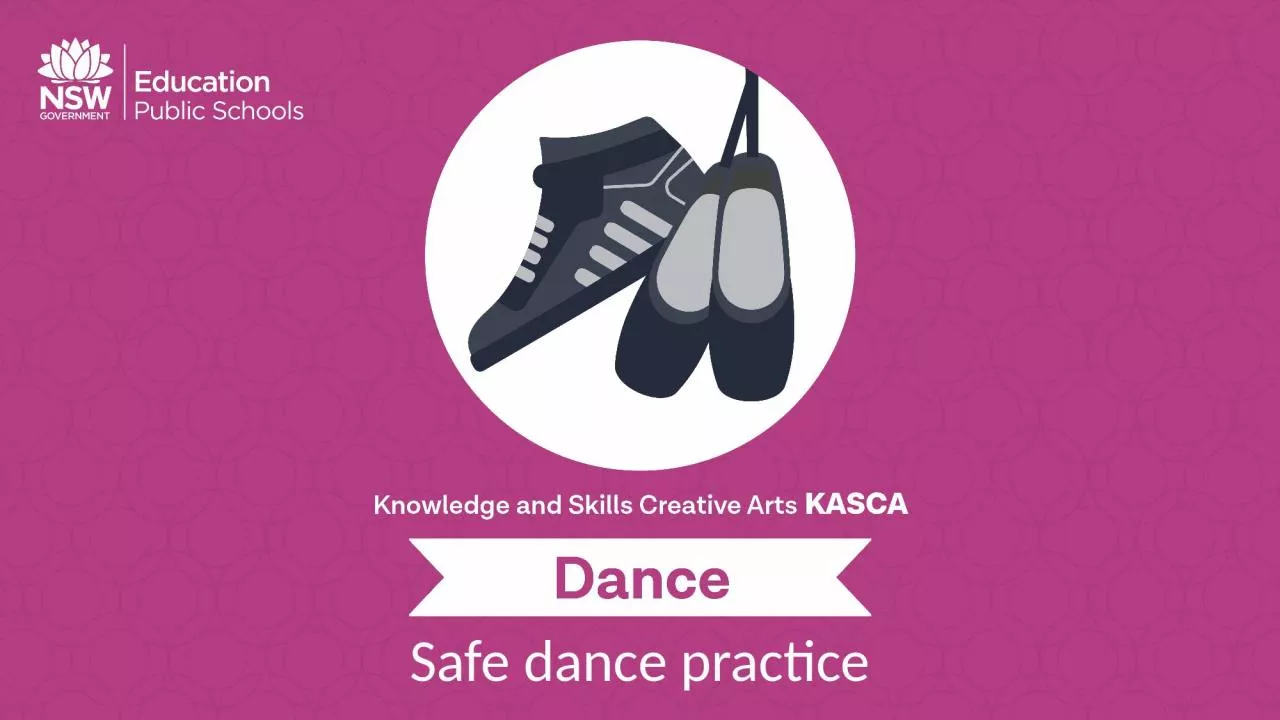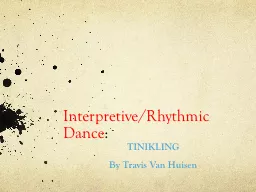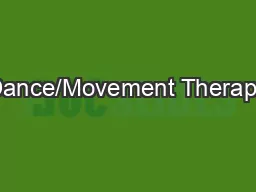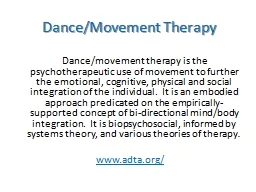PPT-Safe dance practice Safe dance practice includes
Author : lucinda | Published Date : 2023-07-28
Warm up and cool down Stretching Alignment Body awareness Body capabilities and limitations Causes prevention and treatment of injury Body maintenance Effective
Presentation Embed Code
Download Presentation
Download Presentation The PPT/PDF document "Safe dance practice Safe dance practice ..." is the property of its rightful owner. Permission is granted to download and print the materials on this website for personal, non-commercial use only, and to display it on your personal computer provided you do not modify the materials and that you retain all copyright notices contained in the materials. By downloading content from our website, you accept the terms of this agreement.
Safe dance practice Safe dance practice includes: Transcript
Download Rules Of Document
"Safe dance practice Safe dance practice includes"The content belongs to its owner. You may download and print it for personal use, without modification, and keep all copyright notices. By downloading, you agree to these terms.
Related Documents














